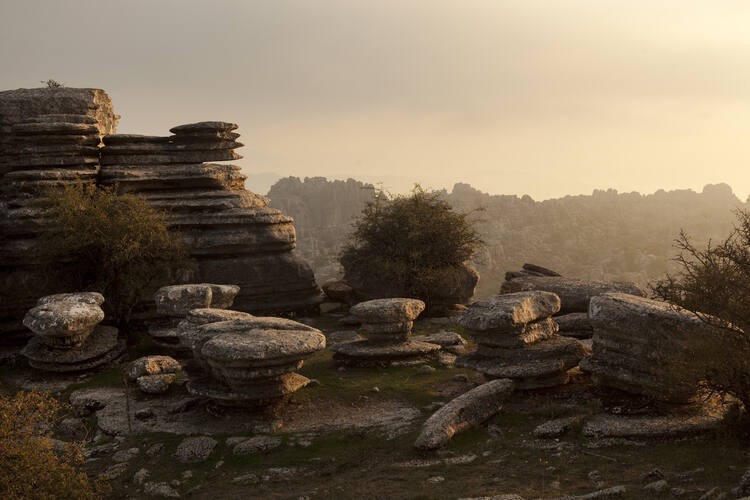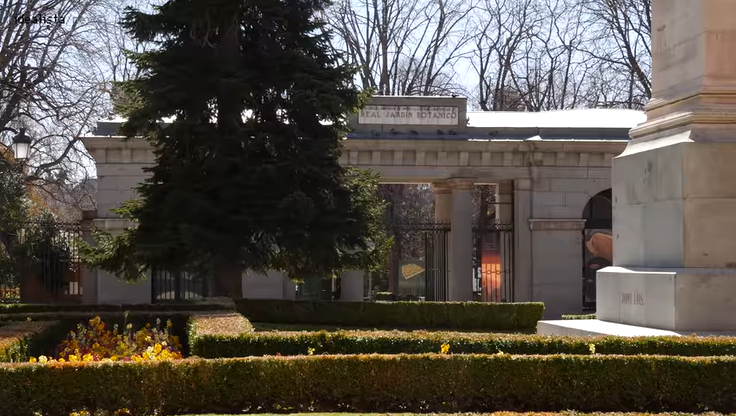
Earlier this year, the Unesco Committee reported on new sites that were joining the World Heritage list. With these changes, Italy continues to lead this ranking with 58 locations recognized as World Heritage Sites. The new additions are the porticoes of the city of Bologna, the eight historic buildings of the city of Padua and the thermal city of Montecatini Terme. For its part, Spain has 49 of these locations and remains in fourth position in this ranking.
Spain's newest addition is the Paseo del Prado and El Retiro, the 49th location in the country to be added. The earliest Spanish locations declared World Heritage Sites were the Alhambra, the Burgos cathedral, the historic centre of Cordoba, and the monastry at El Escorial, added in 1984. But the older additions are the well travelled classics, what are the most recent additions to Spain's catalog?
The Paseo del Prado and El Retiro
The area around the Paseo del Prado and beautiful Retiro Park is a well known Madrid landmark, and the newest Spanish addition to the list of over 1,000 World Heritage Sites around the world. Much less ancient than the typical UNESCO site, the Paseo del Prado is nonetheless an important cultural location: it was the first tree-lined promenade within a European capital, created in the 16th century to offer the inhabitants of Madrid a space that encourages leisure and rest in an almost wooded environment.
It also represents a distinct model of urban intervention, combining nature and science as the engine to transform society. At the time of the Enlightenment, this space was an exceptional urban landmark, given that it was the location of the headquarters of a series of institutions (Natural History Cabinet, Royal Botanical Garden and Royal Observatory of Madrid) to promote the scientific research and disseminate that knowledge throughout society.
- Find your holiday rental in Madrid
- Find property for sale in Madrid
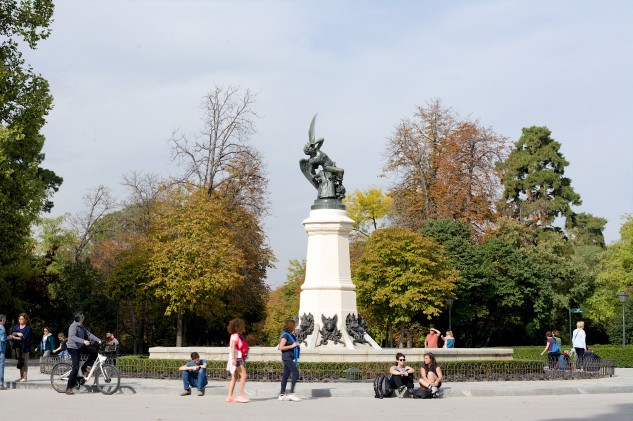
Risco Caido and the Sacred Mountains of Gran Canaria
The last location in Spain that was added to the list was the Risco Caido and the Sacred Mountains of Gran Canaria Cultural Landscape in the mountains of central Gran Canaria. The location was named a World Heritage Site in 2019, and was added to the list due to its stunning natural rock formations and the troglodyte settlements, whose complex contains two temples sacred to the pre-Hispanic culture on the island.
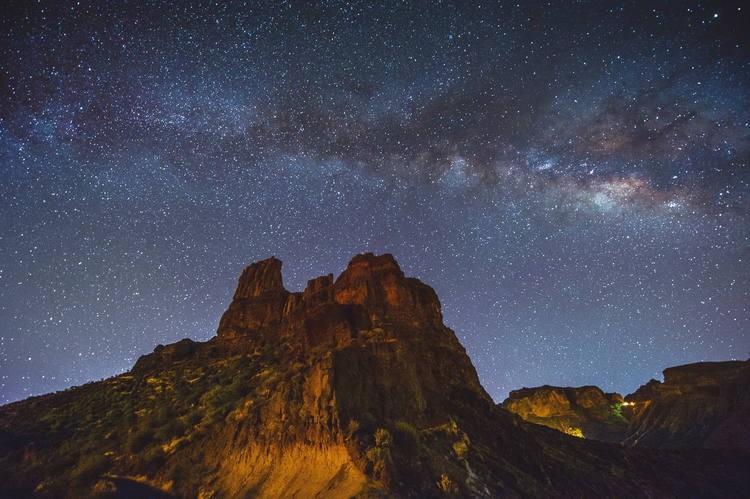
Caliphate City of Medina Azahara
The previous year, in 2018, the Caliphate City of Medina Azahara was added to the list. This archaeological site, of a city built by the Umayyad dynasty in the early 10th century, it was destroyed barely a hundred years later and lost until the 20th century. After almost 1,000 years, the site had been forgotten, but since its rediscovery it has been an invaluable source of knowledge about the now vanished Western Islamic civilization of Al-Andalus, at the height of its power.
- Find your holiday rental in Cordoba
- Find property for sale in Cordoba
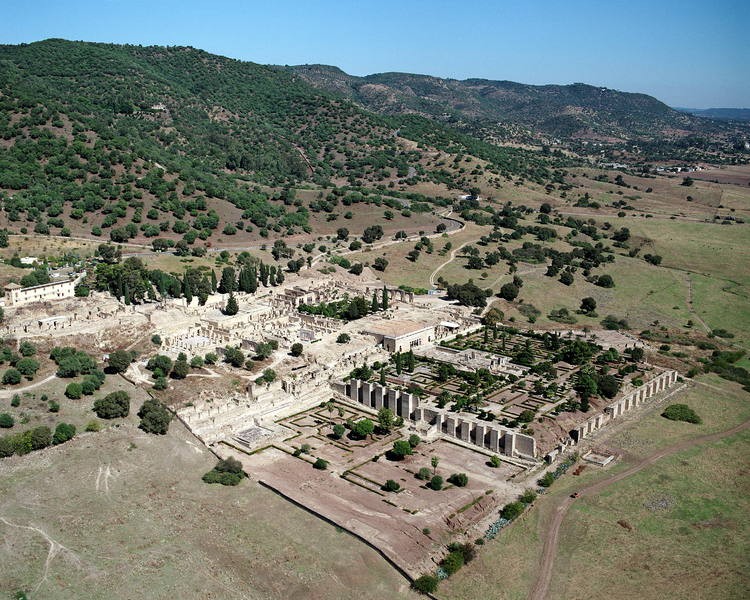
Antequera Dolmens
Finally, in 2016 UNESCO named the Antequera Dolmens in Malaga as a World Heritage Site. These megalithic monuments, similar to other ancient burial structures around Europe, were built using enormous stone blocks to form chambers with lintelled roofs or false cupolas inside. They date to the Neolithic and Bronze Age, and are an excellent example of early European burial rites and the wider trend of Megalithism. The site also includes La Peña de los Enamorados and El Torcal, two mountain formations that likely provided a focal point for the site.
- Find your holiday rental in Malaga
- Find property for sale in Malaga
